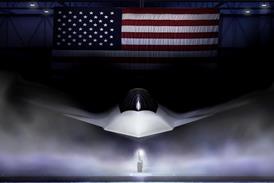Twenty-first century cockpits have a cancer and, so far, there is no cure. Performance calculation and data-entry errors are unpredictable, liable to arise under certain conditions, taking many forms, with differing origins, and they hide, sometimes undetected, in the mathematical complexity of preparation for flight.
“They can happen to anyone. No-one is immune,” stated an Australian safety analysis in 2011.
Short-haul operators are particularly vulnerable. Pressure to squeeze turnaround times and fly more sectors means more opportunity for error.
“There is no single solution to ensure that such errors are always prevented or captured,” the Australian analysis concluded.
But inquiries into a recent spate of EasyJet calculation incidents have highlighted a potentially valuable countermeasure.
Independent calculations of take-off performance by each member of the crew reduces the likelihood of two separate, but identical, errors, and results in a high probability that any mistake will be caught during cross-check.
Air transport has partly built its reputation for safety on the fundamental principle of back-up and redundancy. Until there is a panacea for numerical slips, miscalculation, and old-fashioned brain fade, two heads will still be better than one.
Source: Flight International


























